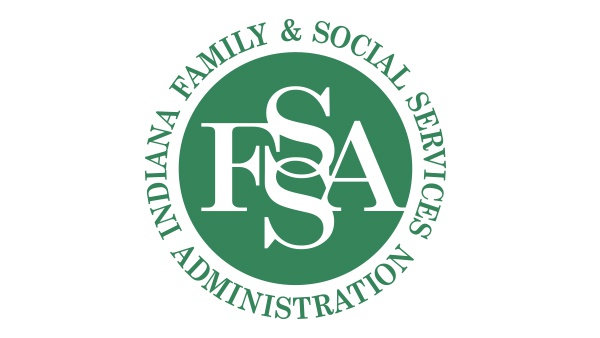The well-being atlas will shed light on disparity data across all counties.

(Indianapolis, Ind.) - The Indiana Family and Social Services Administration today announced the launch of a new statewide, interactive map showing the prevalence of unmet social needs throughout the state, community by community. With the data, communities can identify and prioritize emerging social needs and target services to proactively and strategically address those needs.
The information is just one example of how state agencies can answer Gov. Eric J. Holcomb’s Tuesday, Aug. 18 call to action to shape change regarding equity and inclusion. The well-being atlas will shed light on disparity data across all counties.
“This type of data, which includes age, race and education demographics, will help us uncover disparities our populations face in accessing services needed to provide for their families, seek medical care, find and keep gainful employment, and pursue a safe and healthy life,” Governor Holcomb said.
The “Hoosier Health and Well-Being Atlas” highlights two years of data volunteered by Hoosiers when they apply for state health coverage programs, food assistance, or emergency cash assistance. The site launched today at www.FSSA.in.gov.
“With information collected representing nearly 300,000 households, the Hoosier Health and Well-Being Atlas provides a dynamic view of the various challenges facing our communities and citizens,” said Jennifer Sullivan, M.D., M.P.H., FSSA secretary. “We are using this tool at the state to make sure our programs align with the real, current needs of Hoosiers and to help charitable organizations deploy their resources to address the most pressing issues at the local level.”
In 2018, FSSA added 10 optional survey questions to the online applications for the Supplemental Nutrition Assistance Program, Temporary Assistance for Needy Families, and health coverage. The purpose was to capture information about the experiences of applicants and clients in order to help better serve them.
“This ability to examine demographic information enables FSSA, and others, to partner with local communities to work toward more equitable access to services and improved health outcomes among marginalized populations,” added Dr. Sullivan. “With a more robust understanding of racial and ethnic disparities, we will be better positioned to design, implement, and evaluate policies and programs that seek to address these persistent injustices across Indiana.”
While FSSA encourages applicants to complete the survey questions, they are optional and have no impact on eligibility determinations. About one in five applicants have completed the survey since it launched.
The 10 questions are as follows:
- In the last 12 months, did you ever eat less than you felt you should because there wasn't enough money for food?
- In the last 12 months, has your utility company shut off your service for not paying your bills?
- Are you worried that in the next 2 months, you may not have stable housing?
- Do problems getting child care make it difficult for you to work or study? (leave blank if you do not have children)
- In the last 12 months, have you needed to see a doctor but could not because of cost?
- In the last 12 months, have you ever had to go without health care because you didn’t have a way to get there?
- Do you ever need help reading hospital materials?
- Are you afraid you might be hurt in your apartment building or house?
- During the last 4 weeks, have you been actively looking for work?
- In the last 12 months, other than household activities or work, do you engage in moderate exercise (walking fast, jogging, swimming, biking, or weight lifting) at least three times per week?
More information about how the survey was conducted:
- This survey was made available to individuals who applied online ONLY and does not represent anyone who applied in-person, by telephone, by mail, or any other method. In 2019, 80% of those who applied for SNAP, TANF, or health coverage applied online.
- Applications are filed at a household level and may represent several individuals. The application process identifies a primary contact person for the household, and that individual’s personal details are represented on the public dashboard; for example, that person’s gender, race, and education level.
- An individual who completes more than one application and survey over any given time period is represented once, and the survey answers and demographic details are based on each applicant’s most recent responses. For example, an applicant’s age, education level, and survey answers can change over time, and the reporting reflects any such changes.
- All information is presented in aggregate to ensure personally identifiable information is protected. To protect the privacy of individuals, data representing 20 or fewer individuals in any county will not be displayed.

 Indiana Attorney General combats contraband cell phones in prisons
Indiana Attorney General combats contraband cell phones in prisons
 Kentucky State Police Traffic Safety Checkpoint
Kentucky State Police Traffic Safety Checkpoint



